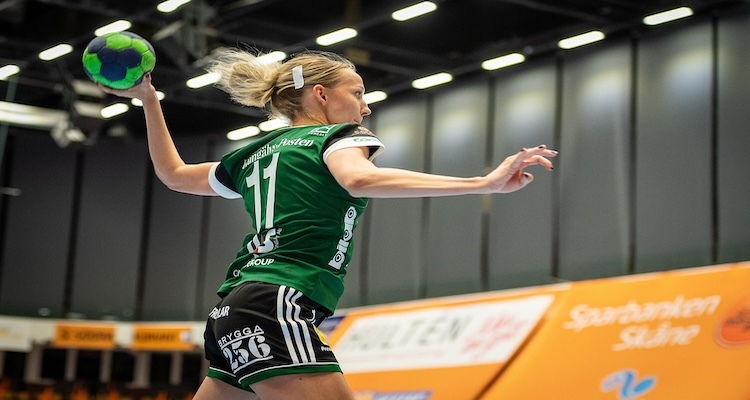
Handball is a dynamic and fast-paced team sport that blends elements of soccer, basketball, and water polo. Played on an indoor court, two teams of seven players each aim to score goals by throwing a small rubber ball into the opponent's net. The game emphasizes agility, teamwork, and strategic thinking as players engage in rapid passes, intricate plays, and quick positional changes. With only three steps allowed while holding the ball and a 3-second rule for possession, handball demands swift decision-making and precise execution.
Handball enjoys widespread popularity, particularly in Europe, where it is a major sport. Countries like Germany, France, Spain, Denmark, and Sweden have strong handball traditions, and the sport has a large fan base and competitive leagues. The European Handball Federation (EHF) Champions League is one of the most prestigious club competitions in the world. Handball is also played and followed in other regions, with emerging interest in Asia, the Americas, and Africa. On an international level, handball is featured in major sporting events such as the Olympics, attracting global attention.
Physical contact is an integral part of the sport, making strength and endurance crucial attributes for success. Handball showcases a combination of individual skills and collective coordination. The sport's fast-paced and high-scoring nature, coupled with its physical intensity, contributes to its appeal. but this means that injuries can also occur. We now turn to exploring 10 common injuries in handball.
Handball is a physically demanding sport, and players may be prone to various injuries due to the nature of the game. Here are 10 common injuries in handball:
Quick changes in direction and sudden stops can lead to ankle sprains.
Ligament strains, particularly to the anterior cruciate ligament (ACL), can occur during jumping and landing movements.
Swift lateral movements and sudden changes in direction may cause strains in the muscles of the inner thigh.
Sprinting and sudden accelerations can result in hamstring strains.
The throwing motion and physical contact can lead to shoulder dislocations or instability.
Impact with the ball or opponent, as well as contact during defensive plays, can cause finger fractures or dislocations.
Falls and collisions may result in wrist sprains, especially when players attempt to break their fall.
Physical contact and collisions during the game can lead to various contusions and bruises.
Repetitive overhead throwing motions may contribute to rotator cuff injuries over time.
Hyperextension during jumping or sudden twisting movements can cause strains or sprains in the back.
It's important for handball players to prioritize proper warm-up, conditioning, and technique to minimize the risk of injuries, and seek medical attention promptly if an injury occurs.
We hope you found this blog interesting but please note this does not constitute health advice. You should always speak to a professional if you have any queries about sports injuries. You can search our directory for experts in sports injury from sports physiotherapists, sports chiropractors, sports therapists, sports osteopaths and sports podiatrists.
Image by Christoffer Borg Mattisson from Pixabay
